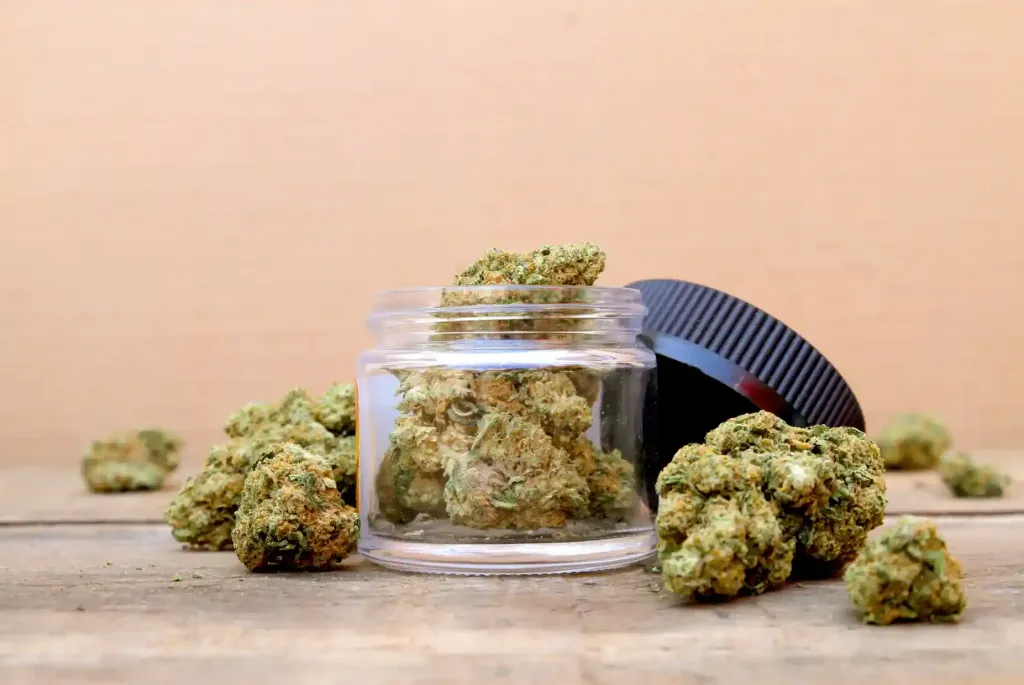
Certainly! Here’s an ultimate guide to help you understand weed buds with https://medispensary.ca/product-category/all-flower/:
Weed buds ultimate guide
- Structure and Appearance:
- Shape: Weed buds can vary in shape, from round and compact to elongated and cone-like. Some strains may have more dense and tightly packed buds, while others may have looser and fluffier structures.
- Size: Buds come in different sizes, ranging from small popcorn-sized buds to larger, chunkier nugs. The size of the buds can depend on factors such as the strain, growing conditions, and cultivation techniques.
- Color: Weed buds are typically shades of green, ranging from light and vibrant lime green to darker, earthy green. However, certain strains may display hues of purple, blue, or even black due to the presence of pigments called anthocyanins.
- Trichomes: Buds are covered in tiny, crystalline structures called trichomes. Trichomes contain resin, which contains cannabinoids (such as THC and CBD) and terpenes. These trichomes give the buds a sticky or frosty appearance and contribute to their potency and aroma.
- Pistils: Weed buds also feature hair-like structures called pistils or stigmas. Pistils can vary in color, often appearing as orange, red, or brown hairs. They are part of the female reproductive system of the cannabis plant and play a role in capturing pollen during pollination.
- Aroma and Flavor:
- Aroma: Weed buds have distinct aromas attributed to the presence of terpenes. Terpenes are aromatic compounds that contribute to the specific scent of each strain. Aromas can range from earthy, woody, and skunky to fruity, citrusy, floral, or spicy.
- Flavor: When consumed, weed buds can have various flavors that correspond to their aromas. Common flavors include sweet, herbal, piney, citrusy, or spicy notes.
- Effects and Potency:
- Cannabinoid Content: Weed buds contain varying levels of cannabinoids, particularly THC (tetrahydrocannabinol) and CBD (cannabidiol). THC is responsible for the psychoactive effects of cannabis, while CBD is non-intoxicating and may have potential therapeutic benefits. The cannabinoid profile of a strain influences its potency and effects.
- Terpene Profile: Terpenes, in addition to cannabinoids, contribute to the overall effects of weed buds. The combination of specific cannabinoids and terpenes in a strain creates a unique and diverse range of effects and flavors.
- Strain Classification:
- Indica, Sativa, and Hybrid: Weed buds are often categorized into three primary strain types based on their genetic profiles. Indica strains are known for their relaxing and sedating effects, sativa strains for their uplifting and energizing effects, and hybrid strains are a combination of both, with effects varying depending on the specific strain’s genetics.
- Consumption Methods:
- Smoking: Weed buds are commonly smoked in joints, blunts, pipes, or bongs. They are ground and rolled into a joint or packed into a smoking device for inhalation.
- Vaporizing: Vaporizers heat the buds at a lower temperature, releasing cannabinoids and terpenes as vapor without combustion, resulting in a smoother inhalation experience.
- Edibles: Weed buds can be used to make cannabis-infused edibles, such as brownies, cookies, gummies, or beverages. The buds are typically processed into cannabis-infused oils or butters that are used as ingredients in recipes.
- Extracts: Buds can be used to produce various cannabis concentrates and extracts, such as hash, kief, shatter, wax, or oils. These concentrates are often consumed through vaporization, dabbing, or used as an ingredient in edibles.
- Legal Considerations:
- Cannabis laws and regulations vary worldwide. It’s important to be aware of the legal status of cannabis and the specific restrictions in your jurisdiction to ensure compliance with local laws.

Remember to consume weed responsibly, start with low doses if you’re new to cannabis, and be aware of your personal tolerance and the potential effects of different strains.

0 Comments for “Weed buds ultimate guide”